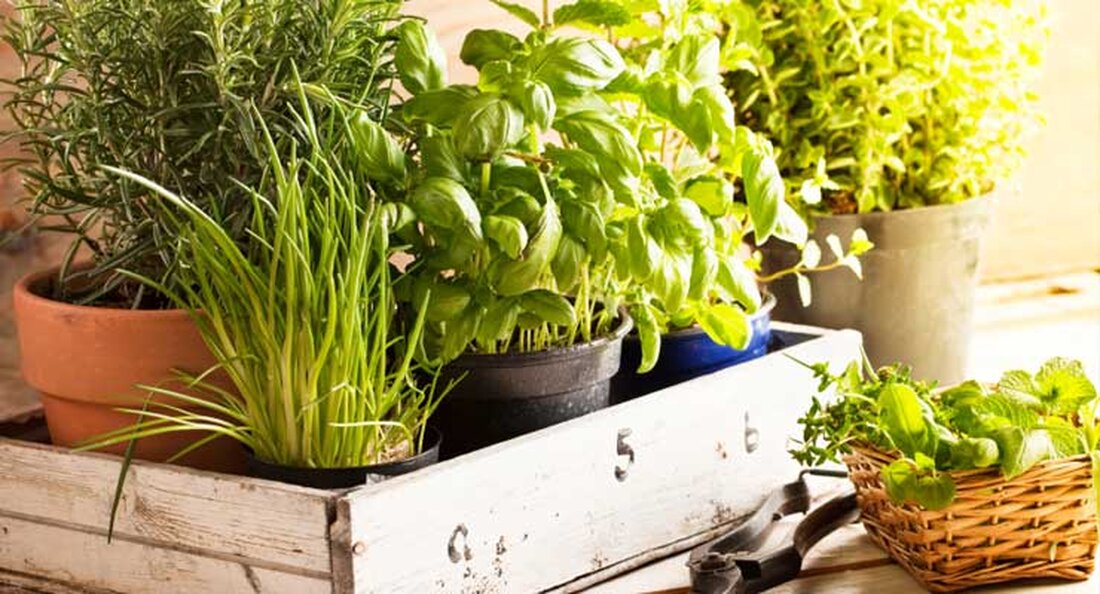Try a slow-carb habit
Carbohydrates, found in grains, bread, pasta and sugar, as well as vegetables, fruits, tofu, beans and dairy products, provide the body with the most efficient fuel for energy production and brain activity. They are nutritionally essential, a principle currently downplayed by the “low-carb craze.” It is important to understand that not all carbohydrates have the same “fuel efficiency.” Many carbohydrates - called "refined" or "simple" - cause blood sugar highs and lows that can lead to a period of high energy followed by a period of extremely low energy, often leaving the person craving more simple, quick-release carbohydrates. Examples of these “refined” carbohydrates include…

Try a slow-carb habit
Carbohydrates, found in grains, bread, pasta and sugar, as well as vegetables, fruits, tofu, beans and dairy products, provide the body with the most efficient fuel for energy production and brain activity. They are nutritionally essential, a principle currently downplayed by the “low-carb craze.”
It is important to understand that not all carbohydrates have the same “fuel efficiency.” Many carbohydrates - called "refined" or "simple" - cause blood sugar highs and lows that can lead to a period of high energy followed by a period of extremely low energy, often leaving the person craving more simple, quick-release carbohydrates.
Examples of these “refined” carbohydrates include regular pasta, white bread, snack foods, and baked goods. The weight loss plans that advocate eating less or none of these foods are on the right track, except they tend to ditch the GOOD carbs too. We call these “slow carbs,” and here’s why:
After you eat them, the carbohydrates in foods are broken down and released into your bloodstream as units of sugar (glucose). “Slow carbohydrates” are foods that release glucose more slowly.
Typically, these foods are “whole foods”; that is, they contain the fiber and minerals that are often removed in the production of their refined “quick release” counterparts. (This is the difference between whole wheat bread and white bread.)
Choosing “slow carbs” over refined carbs helps keep your blood sugar levels balanced (which has positive effects on your hunger, mood, and mental focus, among other benefits). Fiber also promotes regularity and helps maintain healthy blood cholesterol and triglyceride levels.
Examples of “slow carbohydrates” include whole grain breads and crackers, potatoes with their skins on, beans and legumes, brown rice, oatmeal and whole grain pasta.
Here are five tips to develop a “slow-carb” habit:
1. Whole Foods – Eat as naturally as possible. Vegetables, fruits, beans and lentils are whole foods that contain all of their original nutrients (fiber, vitamins, minerals and carbohydrates for energy).
2. Grains and Breads – When it comes to grain products like bread, crackers, granola and pasta, choose “darker” whole grains. This can be done in both restaurants and grocery stores.
3. Snacking – Fruit makes an excellent snack. Eating the whole fruit provides slow-release carbohydrates and keeps your energy up longer, unlike fruit juice, which provides the body with a rapid release of fructose into the bloodstream. Another great snack to try is sliced red peppers with hummus (made from chickpeas).
4. Take the time (you're worth it!) - Since some of the slow-carb options take longer to cook (e.g. brown rice versus white rice), prepare them in advance and make more to freeze for future meals. Brown rice is very versatile; Try it in soups, casseroles, stuffed vegetables, or for breakfast (warmed up) with cinnamon, raisins, chopped nuts, or ground flax seeds.
5. Read labels – “Whole wheat” (or other “whole grain”) should appear before any other flour in the ingredients list. White flour can be disguised as “wheat flour,” “enriched flour,” “unbleached flour,” or “grain flour,” to name a few.
As you work to incorporate “slow carbs” into your lifestyle, make sure you have enough energy, a proper diet, and a healthy weight. Of course, it's also important that you find ways to be active and that you limit high-fat and high-calorie snacks as much as possible.
(c) Copyright 2005, Genuine Coaching Services.

 Suche
Suche
 Mein Konto
Mein Konto
